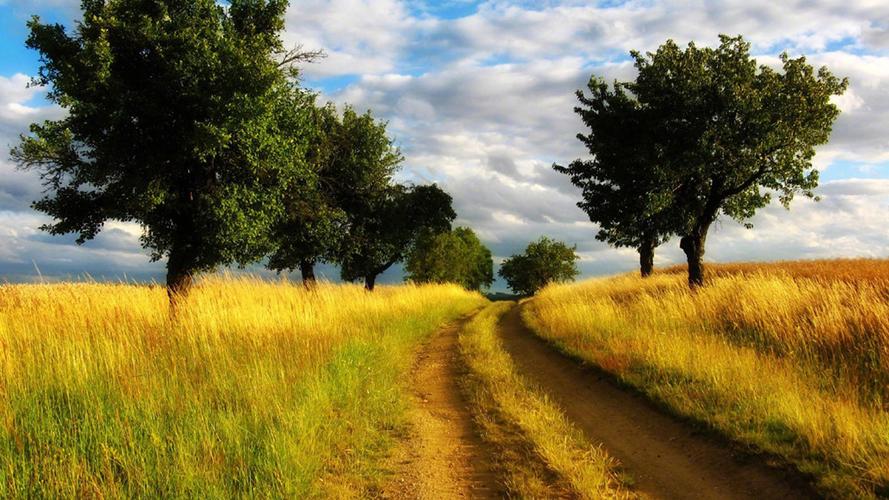Tips for Identifying Trees: A Beginner’s Guide to Tree Identification
Are you someone who enjoys walking in the park or camping trips? Have you ever wondered about the different types of trees you see around you? Tree identification can be a fun and useful skill to have, whether you’re a nature enthusiast, hiker, or just want to expand your knowledge.
Here are some tips to help you identify trees:
1.Observe the Leaf Shape and Arrangement
When you look at a tree, one of the first things you may notice is its leaves. The shape and arrangement of leaves are key features in identifying a tree. For example, deciduous trees (trees that lose their leaves in the fall) have broad leaves, while conifers (evergreen trees) have needle-shaped leaves. The way a leaf is arranged on the stem, or the leaf arrangement, can also help you identify a tree species.
2.Examine Bark Characteristics
Bark can provide significant clues in identifying a tree. Some trees have smooth bark, while others have rough, ridged, or peeling bark. The color of the bark can also differ between species, ranging from light gray to dark brown.
3. Look at the Tree’s Overall Shape and Size
The overall shape and size of a tree can also be helpful in identification. Some trees have a distinct shape, such as the tall and narrow silhouette of a pine tree, or the broad and round shape of an oak tree.
4. Examine the Tree’s Flowers or Fruits
Flowers and fruits also provide essential information in tree identification. Some trees, like cherry trees, have showy flowers that bloom in the spring, while others, like crabapple trees, have small fruit that appears in the fall.
5. Identify the Tree’s Habitat
Finally, consider the habitat of the tree you’re observing. Different tree species have unique environmental requirements for growth, such as specific soil types, water availability, or exposure to sunlight. Knowing the habitat of the tree can help narrow down your search for identification.
In conclusion, identifying trees may seem daunting at first, but with some knowledge and practice, it can become an exciting and satisfying hobby. Remember to pay attention to leaf shape and arrangement, examine bark, look at overall tree size and shape, identify flowers or fruits, and consider the tree’s habitat. By following these tips, you’ll be on your way to becoming a pro at tree identification!
(Note: Do you have knowledge or insights to share? Unlock new opportunities and expand your reach by joining our authors team. Click Registration to join us and share your expertise with our readers.)
Speech tips:
Please note that any statements involving politics will not be approved.
